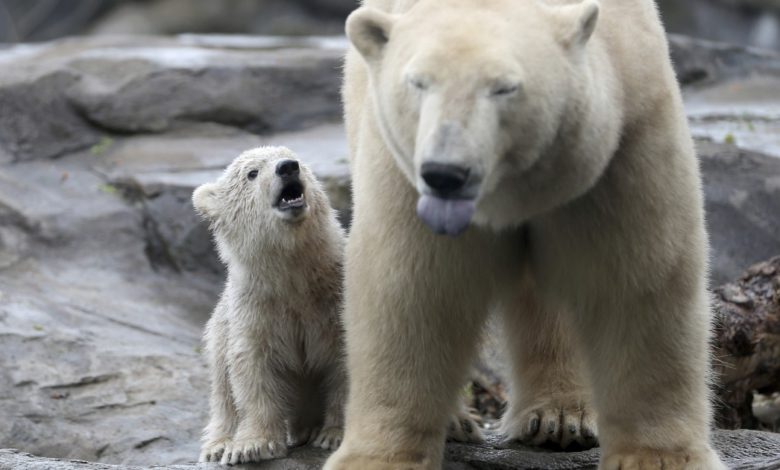
As the polar ice caps retreat, polar bears could struggle to survive by the end of this century, a number of university researchers wrote in a study published in the Nature Climate Change journal.
The study looked at a number of sub-species of polar bears who live in the arctic and how they have adapted to reduced sea ice from 1979 to 2016. The group of researchers said that all but a few sub-species of polar bears will be able to reproduce and survive given projected conditions by 2100.
Polar bears use sea ice to capture seals for food. When sea ice erodes for the summer, polar bears fast. Although polar bears are capable of fasting for months, there are limits to how long the bears can go without food.
The researchers examined energy needs of polar bears, and that the amount of time polar bears would fast would lengthen to a point that makes it too challenging to survive and reproduce.
While resting female polar bears can generally fast for longer periods of time, reproducing females, males and cubs all require shorter fasting periods, the research found.
“Avoiding continued sea-ice decline requires aggressively mitigating greenhouse gas rise,” the researchers wrote, “and our results explicitly describe the costs to polar bears of avoiding that mitigation.”
To illustrate how much sea ice is being lost, NOAA is projecting that the arctic could have ice-free summers by 2042.
Scientists have long discussed the possibility that polar bears could become nearly extinct by the end of the century. Beyond reducing carbon emissions, proposals have included relocating cubs to areas of the Arctic expected to retain higher levels of sea ice have been proposed.
To read the full study, click here.









